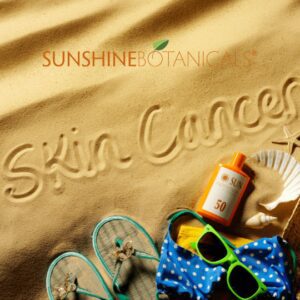
Everyone is at risk of the effects of over sun exposure, and it doesn’t matter how old you are or what your skin color is. You are at risk based on the length and depth of exposure to the sun. Those who are at greater risk are individuals with lighter-colored hair, eyes, and skin; of developing skin cancer because their body contains less melanin that helps protect them from sun damage. Family history of skin cancer also is a factor. Are you are risk? Here are the top five skin-damaging effects of daily sun exposure are dull, blotchy skin, coarse skin texture, broken blood vessels, and premature wrinkling, not to mention the risk of melanoma and pre-cancerous lesions.
What about people of color? Can black people get melanoma?
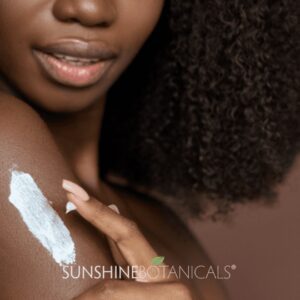
People of color tend to get skin cancer less as they have higher levels of melanin which acts as a natural defensive barrier to UV. However, lower incidence rates result in people of color being less likely to check their skin for suspicious lesions and wear a high SPF sunscreen or UPF 50+ sun protective sun hats or clothing.
Another challenge is that skin cancers can be harder to detect due to the pigmentation of carcinomas. Also, and for a reason that remains unknown to the experts, skin cancers on people of color are often found on the extremities (feet or hands) which can be difficult to detect. Tragically, Bob Marley died aged 36 due to melanoma under his toenail! Wow…..
The important takeaway is that everyone is at risk of sunburn, skin aging, and skin cancer irrespective of their skin color. Dermatologists recommend that people of color self-examine their skin once a month and get a skin check once a year.
 What to Do – What to Do???
What to Do – What to Do???
Cover Up!
Clothing can provide a great barrier against the sun’s ultraviolet (UV) rays. Its protection is consistent over time and doesn’t wear off as sunscreen does. Many new fabrics offer high-tech protection and breathability, too. The more skin you cover (high neck, long sleeves, pants), the better, and a hat with a wide brim all the way around (three inches or more) is best because it helps shade your eyes, ears, face, and neck. Also, wear UV-blocking sunglasses to protect your eyes and the skin around them.
What does UPF mean? Look for UPF, which stands for ultraviolet protection factor, on labels for clothing, hats, and fabrics. The number indicates what fraction of the sun’s UV rays can penetrate the fabric. A shirt labeled UPF 50, for example, allows just 1/50th of the UV radiation to reach your skin.
The pitfall: Any clothing leaves some skin exposed, so you need sunscreen, too. Don’t forget to apply it to your hands, especially after washing them. One of my favorite clothing resources for UV protective clothing is Coolibar.
The best sun protection is the one you wear.
Know Your Sunscreen
Sunscreens come in many formulations and delivery methods, and it can take trial and error to find the one you like best. Whether it’s a sport spray, an easy-to-use stick, or a rich moisturizer with anti-aging ingredients, the best sunscreen is the one you will use every day.
SPF stands for sun protection factor. The number tells you how long the sun’s UVB rays would take to redden your skin when using a particular sunscreen compared with the amount of time without sunscreen. So if you use an SPF 15 product exactly as directed (applied generously and evenly, and reapplied after two hours or after sweating or swimming), it would take you 15 times longer to burn than if you weren’t wearing sunscreen.
Broad Spectrum. The words “broad spectrum” on the label indicate that the sunscreen contains ingredients that effectively protect against UVA rays as well as UVB.
Water Resistance. While sunscreens can’t claim to be waterproof, they can be labeled water-resistant for either 40 or 80 minutes. Yes, you can burn even when you’re in the water, so reapplying is key!
Sensitive skin. Products containing zinc oxide and titanium oxide sometimes referred to as mineral or physical formulas, may be less likely to cause skin irritation in people who have sensitive skin. This is why we created our ultra-pure Total Eclipse! High levels of zinc and titanium dioxide in this chemical-free, antioxidant-rich day cream are ideal for daily environmental protection.
Sun Damage vs Cancer-Causing Sunscreens? Which is worse?
What to Use – What to Avoid
 Benzophenone-4, also known as Oxybenzone
Benzophenone-4, also known as Oxybenzone
A very common ingredient in FDA-approved sunscreens. Very effective at reducing UV exposure, it is also classified as a hazardous irritant for eye contact and slightly hazardous for direct skin contact. (Read more here – SAFETY DATA SHEET) . This ingredient penetrates the skin and is also used to help other chemicals penetrate the skin. According to the Center for Disease Control (CDC), 97 percent of Americans have this chemical circulating in their bodies. Also listed as a direct cause of coral bleaching by Robert Davanero et al – there is a strong cause to avoid all products using this ingredient:
Other ingredients to avoid include:
- Avobenzone, also a benzophenone
- Cyclopentasiloxane / Cyclomethicone
- Formaldehyde, Diazolidinyl urea, Quaternium-15, DMDM Hydantoin, and Hydroxymethylglycinate
- Methylisothiazolinone
MYTH: Sunscreen is for the beach and summer months…

My passion for finding healthy ingredients for all skin challenges is what drives me, and as a result, I have uncovered some impressive ingredient research I want to share with you… should you get that sunburn our rapid repair fluid begins the healing process immediately upon application. With it amazing ingredients of Aloe Vera Gel, Calendula, and the extract of White Birch Bark (betulinic acid) it will cool down the skin, and begin the healing process.
The science of plant medicine is incredible and wanted to share this with you. Our commitment to sourcing the finest most potent ingredients and raw materials for our products is what our reputation is built on and more powerful plant products are in development…stay tuned and have a happy and safe summer!
My Passion is Your Solution
XOXOXO
![]()
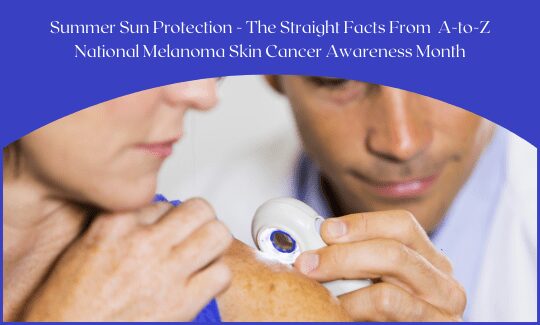
 What to Do – What to Do???
What to Do – What to Do???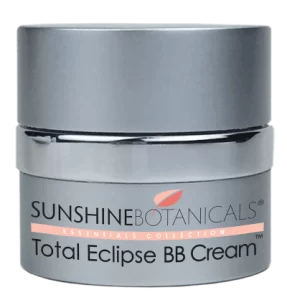
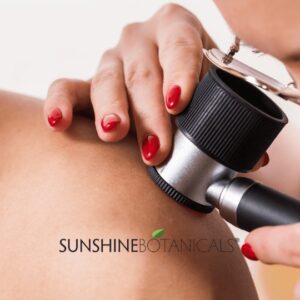 Benzophenone-4, also known as Oxybenzone
Benzophenone-4, also known as Oxybenzone